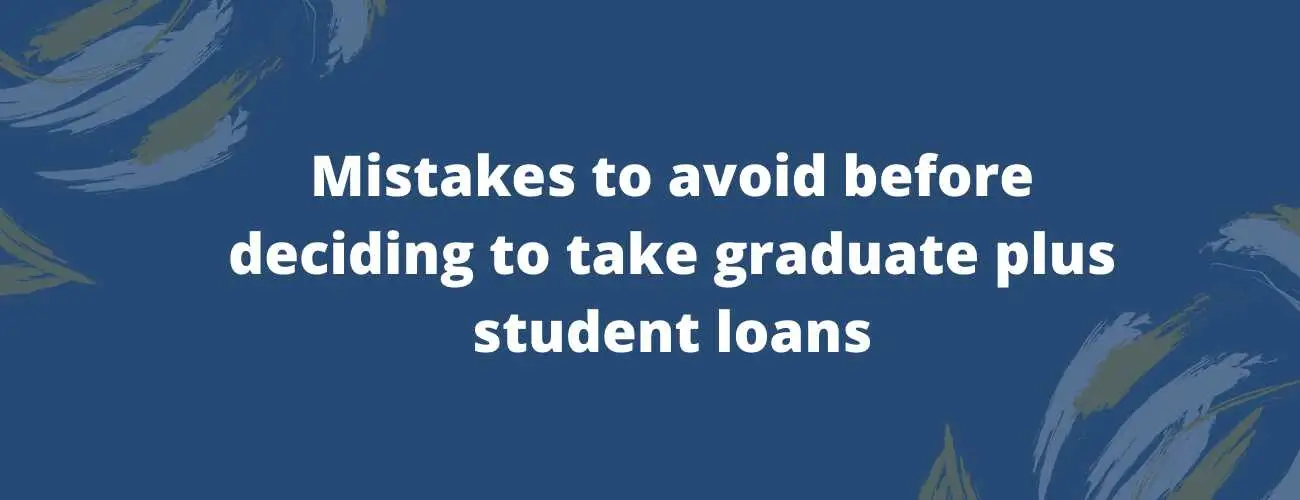What Is Discretionary Income And How To Calculate It?
Find out what discretionary and disposable income are and analyze how it works, calculations and much more under different student loan repayment programs.
Updated by Nischitha G on 7th February 2020
In a literate world, everyone aspires to educate more to capture better opportunities. But the increasing prices of higher education constrict the options. Even though the government offers various income-based student loans, many individuals find it difficult to understand the processor to calculate the precise amount to be paid back. In order to understand the standardized formula used by the government to charge for repayment, one needs to grasp the concept of Discretionary Income.
Discretionary Income is the measure of a person's pay that is left for spending, contributing or sparing in the wake of settling government expenses and paying for individual necessities, for example, nourishment, asylum, and dress. Optional pay incorporates cash spent on extravagance things, get-aways, and insignificant products and ventures. Since optional pay is the first to recoil in the midst of a vocation misfortune or pay decrease, organizations that offer optional merchandise will, in general, endure the most amid monetary downturns and retreats.
Discretionary income is an essential piece of a solid economy. Individuals just burn through cash on things like travel, motion pictures and purchaser gadgets on the off chance that they have the assets to do as such. A few people use charge cards to buy optional products, yet expanding individual obligation isn't equivalent to having an optional salary.
Table of contents
What is Discretionary Income?
We can define Discretionary Income as the amount of income, excluding the active credits and loans, an individual or the household is left with after all the mandatory taxes and necessary expenses like food, rent, insurance, and more. The government uses this discretionary income to calculate the repayment amount based on the number and the income of people living in the household.
Poverty line definition - The poverty line is the minimum level of income deemed adequate in a particular country. The government of U.S. releases a poverty guideline for the 48 contiguous states and separately for the states of Alaska and Hawaii due to their higher cost of living. The loans are based according to the poverty guidelines, where the federal poverty level is a measure of income used by the U.S. government to determine who is eligible for subsidies, programs, and benefits.
From the government’s view, your discretionary income comes down to two things: your adjusted gross income and the U.S. poverty guidelines for your family size. So basically it is your adjusted gross income minus the poverty guidelines.
Disposable income vs Discretionary Income
Optional salary and discretionary cash flow are terms regularly utilized conversely, however, they allude to various sorts of pay. Optional pay is gotten from discretionary cash flow, which squares with gross salary short expenses. Discretionary cash flow, as it were, is an individual's salary used to meet both fundamental and unnecessary costs.
Optional pay is what is leftover from extra cash after the paid worker pays for lease/contract, transportation, sustenance, utilities, protection, and other fundamental expenses. For most purchasers, optional pay gets exhausted first when a compensation cut occurs.
We define Disposable income as the amount of net income a household or individual has available to invest, save or spend after income taxes. It's calculated by subtracting income taxes from income.
Example -
Suppose Dan earns $50,000 and lives with his wife who earns $40,000, the tax rate for them is about 22%. Their disposable income is $90,000 - $20,000 (80,000*0.22) = $70,000.
When Gross wages = $90,000 and Taxes = $20,000, then Disposable Income = $70,000.
For instance,
Mortgage/Rent = $20,000
Food/Medicine = $10,000
Utilities = $5,000
Clothing =$5,000
Car Payment = $5,000
Hence, Discretionary Income = $25,000
How it's calculated
There are 3 steps that can demonstrate how to calculate discretionary income. Let's understand this with an example.
1 - Check the Federal poverty line table
Cross-check the number of family members with the amount adjusted to it.
The amount to the number of people varies in Alaska and Hawaii considering their higher standards of living.
Example -
a) Dan is a family of 2, he earns $40,000 and his wife earns $20,000 along with studying for her grad school.
The poverty line for Dan with a household of 2 is $16,460.
b) Then there is Matt who earns $45,000 and lives with his wife who doesn’t earn. They have three children and have a total loan amount of $200,000 in Alaska.
The poverty line number for Matt for a household of 5 would be $36,780.
2 - Multiply the matching poverty line number with 1.5.
The government wants a percentage of your income after you have deducted all your necessary expenses. So the government came up the formula using which it calculates the income it sees fit to be your expenses considering the number of people and total income in the household.
a) Dan with the poverty line number 2 has $24,690 ($16,460*1.5) and
b) Matt with poverty line number 5 in Alaska has $55170 ($36,780*1.5) as a deduction for the purposes of the discretionary income definition. These underlined amounts are called deductions or what you can say as the expenses government feels is justified for the family with a given number.
The deductions we procured now are what the government does not count in the calculation of the loan repayment.
3 - Subtract the calculated deduction from your gross total income.
Then what does the government count? It subtracts the deductions (expenses) we found in step 1 and 2 to find the income it can take into account for charging repayment.
a) Dan has a total income of $60,000. The discretionary income is calculated as
$60,000 - $24,690 = $35,310.
b) Matt has a total income of $45,000. The discretionary income is calculated as
$45,000 - $36,780 = $8,220.
So, this is how one calculates the discretionary income. It is very possible for the Discretionary pay to change every year as it is dependent upon taxable income, family size, and the government’s federal poverty line numbers. That also means student loan payments change to every year under REPAYE/PAYE/IBR plan.
How it helps in student loans
Income-Driven Repayment plans adjust the student loan payments according to the income. This makes it easier for payments.
Student loan calculation formula -
Follow the simple steps to calculate your discretionary income. After the calculations, multiply it by 0.1 (10% of the discretionary income) or by any % that your loan plan follows. So based on this,
Dan with a discretionary income of $35,310 has to pay the amount $3,531.
Matt with a discretionary income of $8,220 has to pay the amount $822.
These amounts are divided by 12 and the monthly repayment amount is found.
-
$3531/12 = $294.25 per month for Dan.
-
$822/12 = $68.5 per month for Matt.
Legal ways to lower student loans
When one doesn’t do anything with student loans, they are automatically signed up to a generic repayment plan for up to 10 years. If you don’t have a job immediately after graduation and because of that you haven’t cleared you loan payments then they are put under defaulters list.
Times like this make you consider options like deferment and forbearance of the loan. If you have Subsidized Stafford loan, it is okay for you to proceed with deferment as the government will pay the interest during the times you have taken loan deferment but forbearance is not very helpful as the interest accumulates during the time you have forbearance.
Example -
You have $50,000 in student loan debt. The interest rate is around 3%.
Your standard 10-year repayment plan amount would be $541.
We’re going to assume you only make $25,000 per year.
1 - Extended repayment plan
This plan is available to all Federal student loan borrowers and extends out the standard student loan payment from generic 10 years to 25 years. There are no income limits. So, it’s always an option for borrowers.
In our example, if you were to switch to the extended repayment plan, you would lower your student loan payment to $216 per month. One can switch to this plan simply by calling their lender.
2 - Graduated repayment plan
In this plan, the payments start out low but rise over time. There are two versions – the 10 years graduated plan, and the 25 years extended graduated plan. The idea with this plan is that you’ll earn more in the future, so you start low and your payment grows.
Both of them start with a low payment amount. But payments are lower in the first few years only because they’re interest-only. You would be paying less only because you aren’t paying on the balance at all. The interest rate increases every two years. You can switch to the graduated repayment plan simply by calling your lender.
3 - Income-Based Repayment (IBR)
IBR is the widely preferred and used income-driven repayment program for those who need federal student loans. IBR helps in keeping monthly loan payments affordable according to each individual borrower's monthly income. The features of these plans were to make monthly payments become more manageable with the student loan forgiveness option.
It’s a formula that takes into consideration your income, the poverty line for your state, and will set your payment at 15% of your income (10% for new borrowers).
The other great aspect of IBR is that you qualify for student loan forgiveness on any amount of debt left on your loan after 20 or 25 years, depending on when your loans originated. We call this the secret student loan forgiveness program.
If you took out your student loans before July 1, 2014, your total payment would be $939.75 and monthly payment as low as $78 per month.
If you took out your student loans after July 1, 2014, your total payment would be $626.5 and you could lower your student loan payment to as low as $52 per month.
4 - Pay As You Earn (PAYE)
The features of this plan are to limit monthly loan repayments at 10% of the discretionary income of the borrower and extend loan forgiveness if the borrower makes 20 years of qualified payments. If monthly payment in this plan doesn’t cover the loan’s interest while the borrower is still under financial hardship, the government will pay the unpaid accrued interest on a subsidized Stafford Loan for up to three years from the time Pay As You Earn is implemented for the borrower.
Although this method helps in managing the cash flow by lowering the monthly payment, this inadvertently extends the loan period too where the standard loan repayment plan is for the span of 10-year whereas this repayment plan extends the repayment period for up to 25 years where you will be paying more interest.
If one stays on an income-driven repayment plan, the government might forgive any remaining balance after 20 or 25 years of payments. But the amount that is forgiven may be taxed as income - which can lead to a pretty hefty tax bill.
Why the need to learn about discretionary income?
When it comes to fixing a budget, the basic expenses that have to be paid each month are usually rent, utilities, insurance, groceries, and most importantly, student loan payments. If one has just started their career, there is a dearth of luxuries one can enjoy which is discretionary income which has such significance when it comes to the student loan payment.
This is true specifically for those who are considering an (IDR) income-driven repayment plan to lower monthly payment. With these plans, your discretionary income plays a pretty big role in how your monthly payment is calculated.
Knowing what your discretionary income is (and how to calculate it) can help you make decisions about the best ways to repay your loans.
Conclusion
Understanding repayment methods and student loan forgiveness programs are vital for the right information to be spread and discussed as student loans tend to scare and worry who seem to be unaware of the features.
Once the repayment method is understood, regardless of the changes in government policies and family structure one can always be prepared and fare ahead.
For instance, assume a family has a salary of $250,000, and it settles a 37% government expense rate. The discretionary cash flow of the family unit is $157,500 ($250,000 - ($250,000*0.37)). Along these lines, the family unit has $157,500 to spend on necessities, extravagances, reserve funds, and speculations.
Optional Income
Then again, the optional salary is the measure of pay that a family unit or individual needs to contribute, spare or spend after duties and necessities are paid. Optional pay is like discretionary cash flow on the grounds that it's gotten from it; in any case, there is one key distinction. Discretionary cash flow does not consider. Necessities a family or individual may have are lease, dress, nourishment, charge installments, products and ventures, and other ordinary costs.
For instance, assume an individual has a payment of $100,000 and settles a government expense rate of 35%. The individual has transportation, lease, protection, sustenance and apparel costs totaling $35,000 every year. His optional pay is $30,000 ($100,000 - ($100,000*0.35) - $35,000) for the year.
Extra cash is higher than optional pay inside a similar family since costs of fundamental things are not expelled from the discretionary cash flow. The two measures can be utilized to extend the measure of shopper spending. Be that as it may, either measure should likewise consider the ability of individuals to make buys.
Other Blogs You May Be Interested In -
| Minumum Credit Score | Apply in as little as | Variable APR | Fixed APR | ||
|---|---|---|---|---|---|
 | Not Available | 15 minutes or less | 2.95 | 4.74 | View disclosures |
 | 620 | 2 minutes | 5.38%-16.99%1 | 4.43%-16.99%1 | View disclosures |
 | Not Available | 15 minutes | 1.13% - 11.23%¹ (with autopay) | 3.50% - 12.60%¹ (with autopay) | View disclosures |
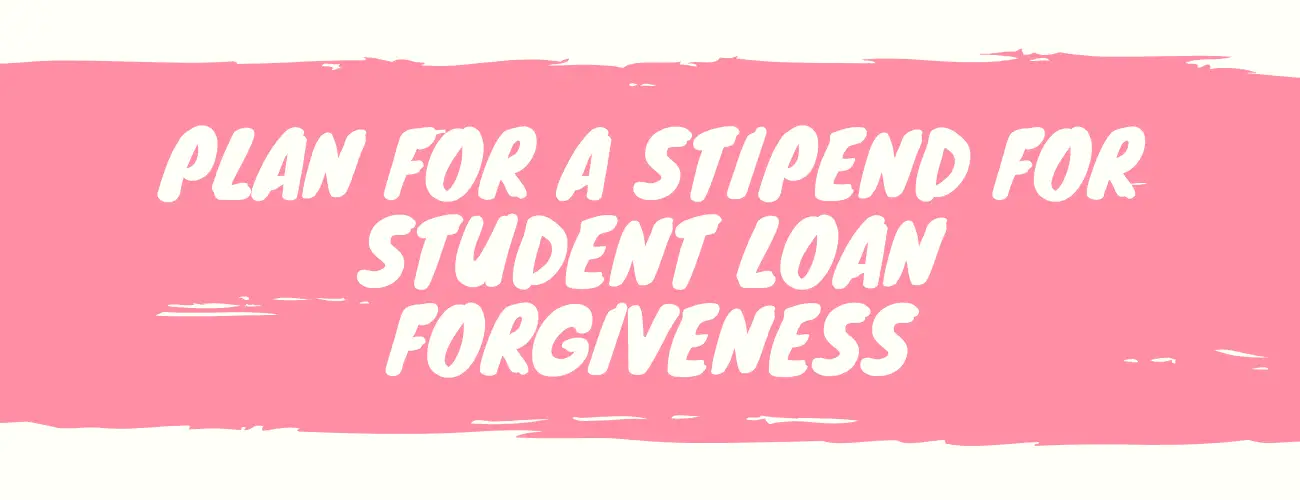
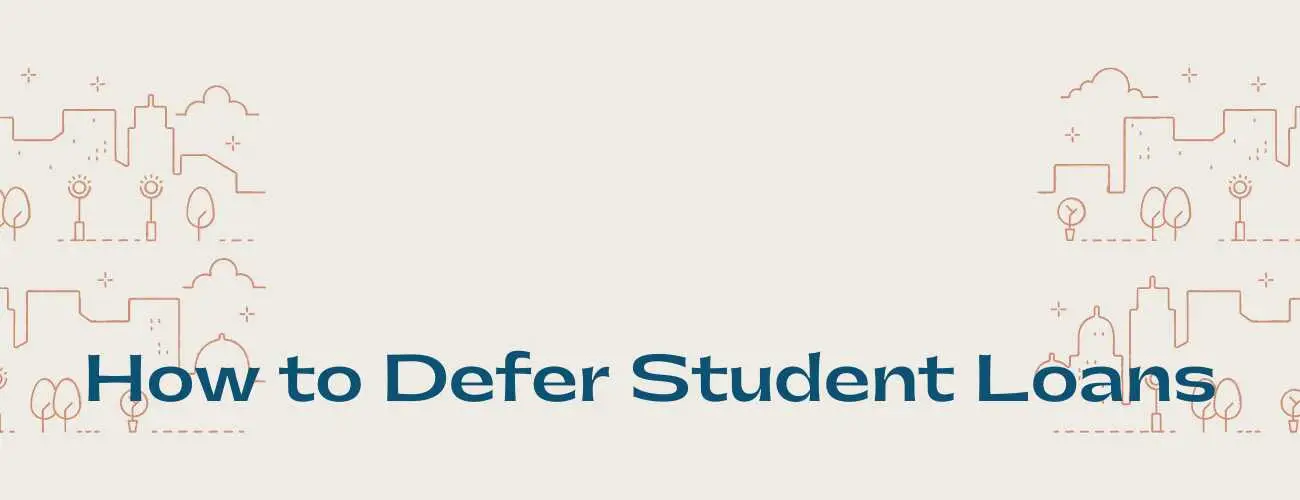
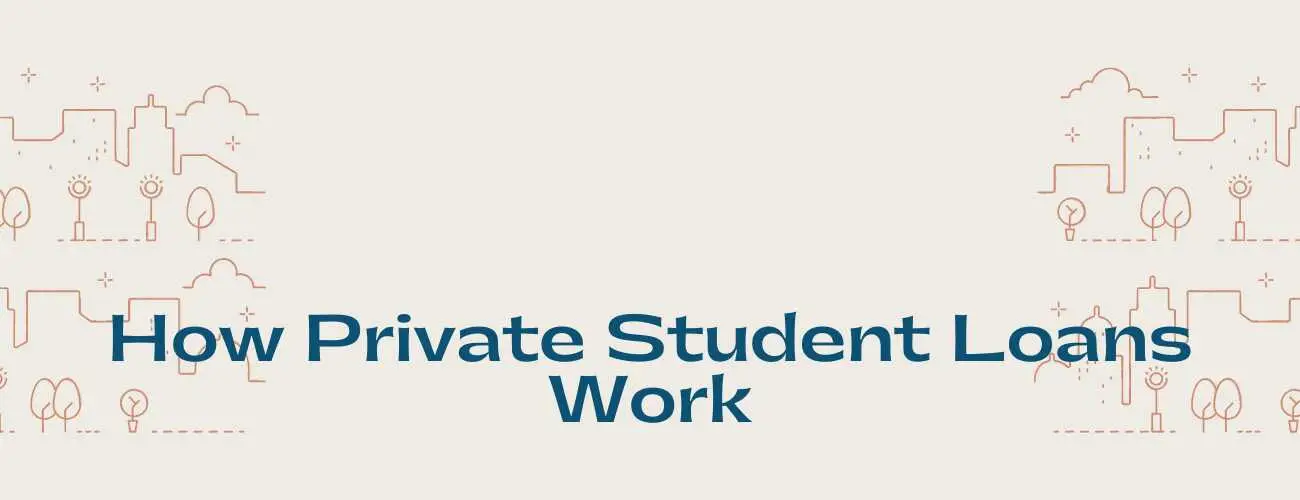
93.jpg)
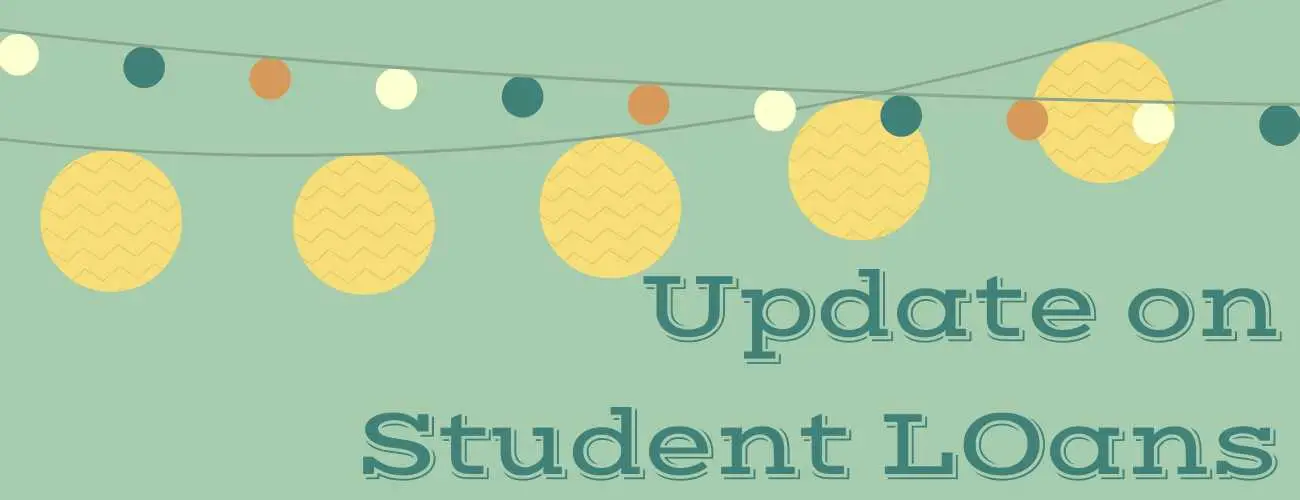

28.jpg)
